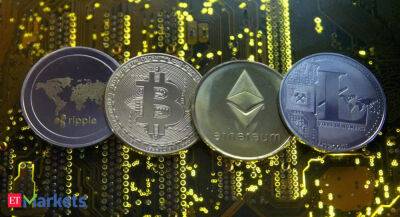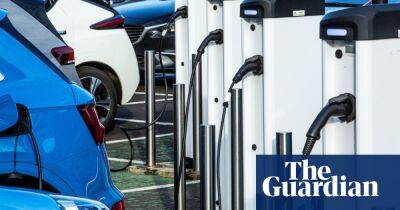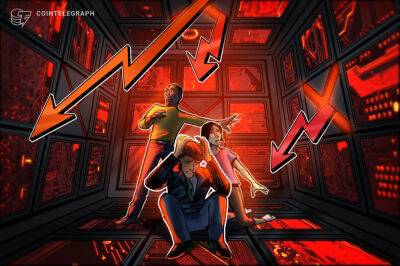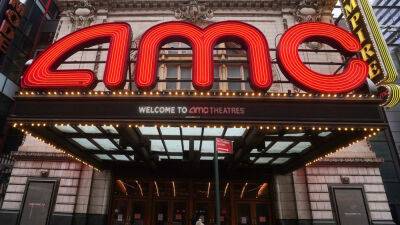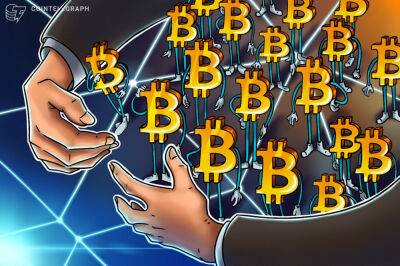Inside the blockchain developers’ mind: Building truly free-to-use DApps
Cointelegraph is following the development of an entirely new blockchain from inception to mainnet and beyond through its series, Inside the Blockchain Developer’s Mind, written by Andrew Levine of Koinos Group.
In myprevious article, I explained from first principles what was needed to build a truly free-to-use social decentralized application (DApp) and how Koinos is that solution. In that article, I explained that to deliver a truly free-to-use DApp, it must be possible for someone other than the end-user to provide the network resources (“mana” in the case of Koinos) required to run a given smart contract.
Now that we understand why Koinos is designed the way it is (to support free-to-use experiences), I’m going to explain in more detail how this works. One of the innovative features of Koinos is its novel fee-less mechanism, called “mana,” which allows KOIN holders to use the blockchain for free without having to pre-stake their tokens or even think about what they’re doing. It’s the core technology that allows people to use the blockchain for free.
Koinos is designed around the idea that from the moment someone acquires KOIN, they should be able to perform actions on the network while Koinos incrementally and temporarily locks small amounts of their tokens, effectively “charging” them in opportunity cost instead of an explicit fee. Mana is how the system quantifies that opportunity cost so that users can exchange time (opportunity cost) for network resources, thereby replacing the need for a token-based fee like Ethereum’s gas model.
Related: Inside the blockchain developers’ mind: How to build the next big social DApp
This creates a fun, game-like user experience for the blockchain, but what about decentralized
Read more on cointelegraph.com



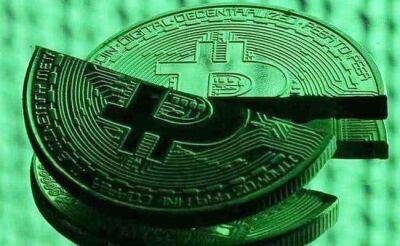

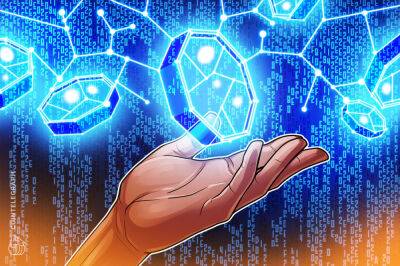
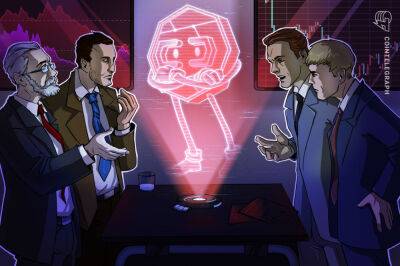


![STEPN [GST]: After major price disparity across chains, you need to be wary of this](https://finance-news.co/storage/thumbs_400/img/2022/5/10/24908_5fo.jpg)
